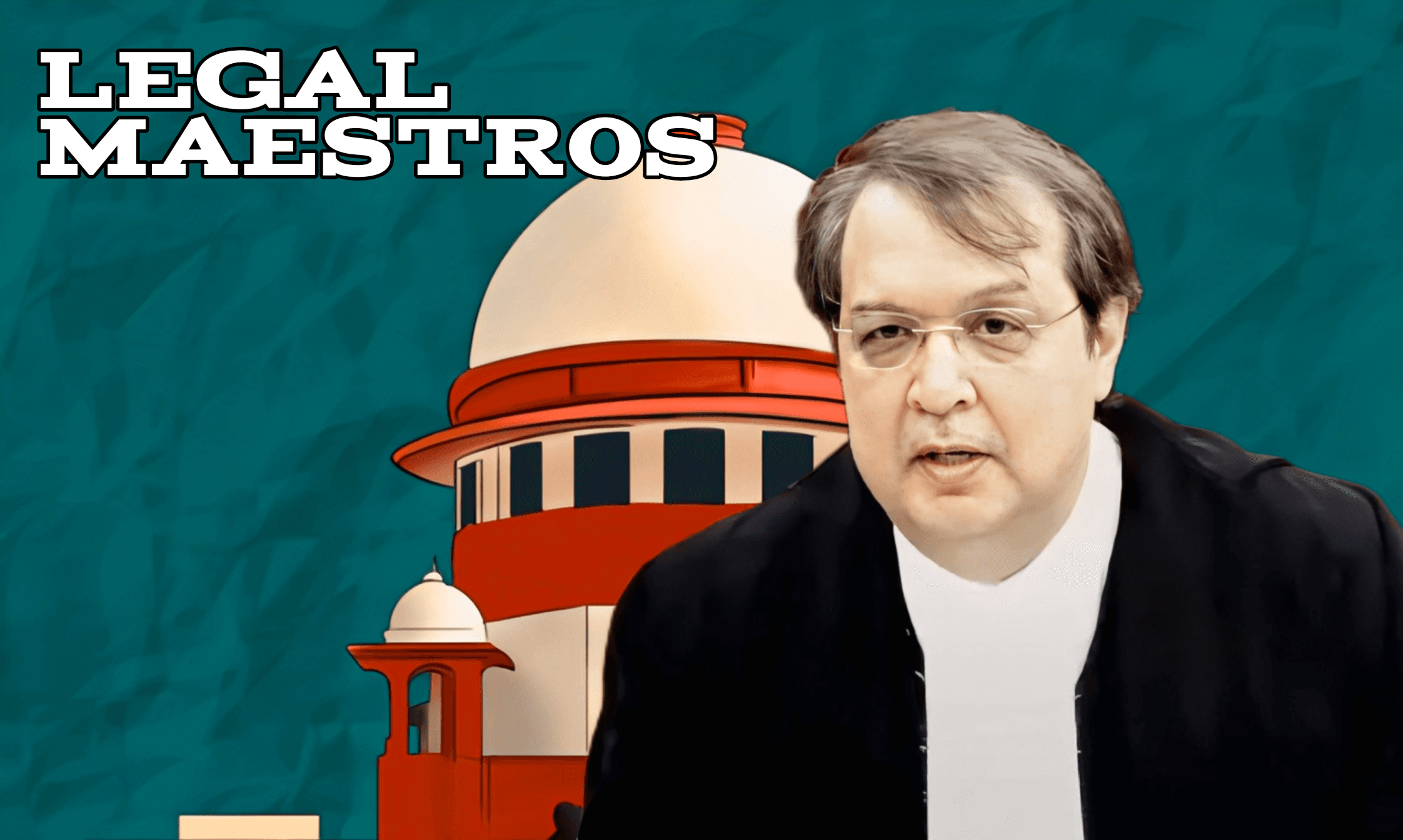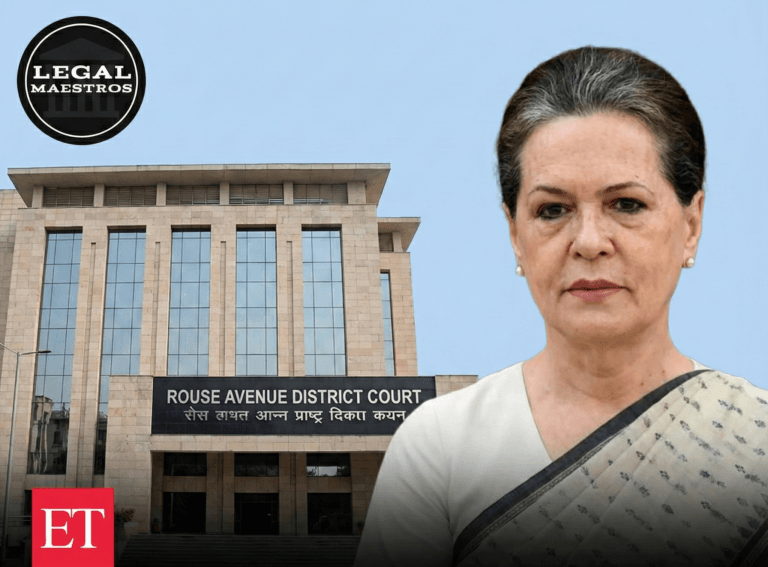
In the case of Peter Augustine v. K.V. Xavier and Others [2025 INSC 771], the Supreme Court of India issued a significant ruling that addresses important issues pertaining to property rights, the interpretation of legal documents, the exercise of judicial discretion in remanding cases, and the authority of appellate courts.
Moreover, the verdict not only resolved a long-standing issue concerning land ownership, but it also provided clarity regarding the approach that the judiciary takes in situations where documented evidence might conclude the problem without the need for additional procedural delays.
Historical context and the facts of the case
This disagreement may be traced back to the 1950s and 1960s, when it first began. A sale document was executed on February 8, 1955, by the father of Peter Augustine, who is the appellant.
For any queries or to publish an article or post or advertisement on our platform, do call at +91 6377460764 or email us at contact@legalmaestros.com.
The sale deed transferred “Verumpattom Rights” over nine cents of land in Survey No. 1236, which was located in Poomthura Village, Ernakulam, to the father of the respondents. In the future, on the thirteenth of February 1964, he carried out a second deed, this time giving “Jenmam Rights” to the same individual for the sum of nine cents in Survey No.1250, which was likewise located in Poomthura Village.
Through the use of a settlement deed, the father of the respondents gave the same property to his son (Respondent No. 1) in the year 1994. Eventually, the appellant was able to acquire ownership of the land by the execution of a number of documents, including partition and settlement deeds, which were done over the course of time.
In 2011, the respondents filed a lawsuit seeking a declaration of ownership, boundary demarcation, and an injunction, which made the matter far more contentious. The case was thrown out by the trial court in the year 2017.
This verdict, however, was overturned by the High Court in 2021, and the matter was sent back to the lower court for further consideration. In the year 2023, the Supreme Court ruled that the High Court’s remand was not supported by adequate reasoning and ordered the High Court to make a new decision about the issue. However, in 2024, the High Court once again remanded the case, which is what prompted the appeal that is being presented here.
For More Updates & Regular Notes Join Our Whats App Group (https://chat.whatsapp.com/DkucckgAEJbCtXwXr2yIt0) and Telegram Group ( https://t.me/legalmaestroeducators )
Important Concerns in the Legal System
It was requested that the Supreme Court decide whether or not the High Court was correct in its decision to send the matter back to the trial court for a second time, despite the fact that there was a substantial amount of documentary evidence available.
The primary question that needed to be answered was whether or not differences in survey numbers could take precedence over the boundary descriptions that were otherwise consistent in the legal papers that were pertaining to the same piece of land.
Investigating the Provisions and Documents in Question
The selling deed from 1955, the conveyance deed from 1964, and the settlement deed from 1994 were the three most important documents that the court examined more closely than any other.
In the Sale Deed No. 122/1955, it was indicated that there was nine cents worth of land in Survey No. 1236, and the border boundaries on all four sides were described in detail.
The Conveyance Deed No. 185/1964 was another document that involved nine cents of land, but it also mentioned Survey No. 1250. Both the bounds and the boundaries in the earlier deed remained the same.
Settlement Deed No. 1560/1994: This made it clear that although the 1964 deed referenced Survey No.1250, the actual property matched Survey No.1236 according to the records of the village and an earlier selling deed.
As a result of the fact that all of the documents displayed the identical physical borders and acreage, the court concluded that they all pertained to the same piece of land. As a result, the disparate survey numbers seemed to be the result of clerical or procedural errors that did not have any impact on the ownership of the substantive information.
The High Court’s Function and the Errors It Makes
The High Court, in both of its remand orders (2021 and 2024), based its reasoning on the fact that the Court Commissioner had not provided a clear identification of the land. This was owing to a disparity in survey numbers. The court issued an order that a new round of proceedings be initiated, which included the appointment of an additional Court Commissioner.
Nevertheless, the Supreme Court decided that this was absolutely not essential. In situations where the documents already offer descriptions of the borders and land area that are consistent with one another, and when one document (the settlement deed) clearly reconciles the survey number inconsistency, then remanding the matter will merely add delay to the situation. The method taken by the High Court was deemed to be procedurally excessive and judicially unsound from the perspective of the Court.
The Implementation of Fundamental Legal Principles
Regarding the doctrine of finality and the economy of the judiciary, the courts are obligated to avoid the needless continuation of litigation. It is unnecessary to conduct more fact-finding or remand once all of the important facts have been clarified through the use of documents. This argument was driven home by the Supreme Court, which indicated that the lawsuit had been pending for fourteen years.
Interpretation of Legal Documents: When legal documents have consistent border descriptions and area, that does not mean that minor inconsistencies, such as survey figures, should take precedence over the parties’ clear meaning. The court reaffirmed that the objective of conveyancing is to make ownership more clear, and not to generate confusion over clerical differences within the transaction.
Power of Appellate Courts: The appellate court has the authority to either decide the case based on the record or to appoint a commissioner. The problem should have been handled by the High Court based on the papers that were already in existence, rather than remanding the case without a significant necessity to do so.
Substantive Justice Should Take Precedence Over Technical Errors The Supreme Court reaffirmed that procedural formalities, such as mismatched survey numbers, should not take precedence over substantive evidence when the property’s identification is plainly indicated by the evidence.
Judgment and Guidance as Required
It was decided by the Supreme Court that the appeal should be permitted, that the order issued by the High Court on January 9, 2024 should be overturned, and that the High Court should consider the case based on its merits without any further revisions. The Court strongly recommended that the High Court finish the adjudication process within a period of six months.
This ruling sends a strong message against the exploitation of remand as a delay strategy and underscores that courts should have discretion to deliver justice in a timely manner, particularly in situations where documented evidence is sufficient to decide the issue.
One of the most important precedents in property law is the decision that was made in the case of Peter Augustine v. K.V. Xavier and Others. This decision is particularly significant in terms of the interpretation of property documents and the limitation on judicial remands.
The notion that justice should not be denied owing to procedural technicalities when the content of the problem is obvious is reaffirmed by this piece of evidence. Not only does this decision provide relief to the parties involved in the litigation, but it also maintains the integrity and effectiveness of the judicial process.







